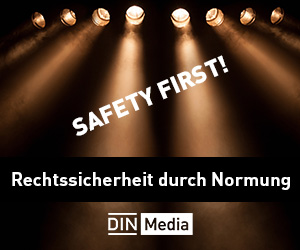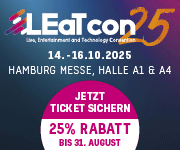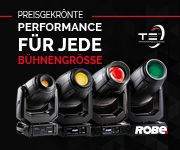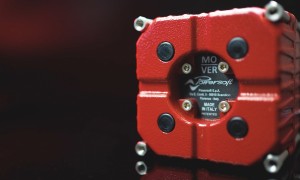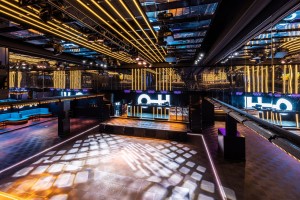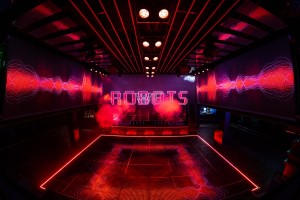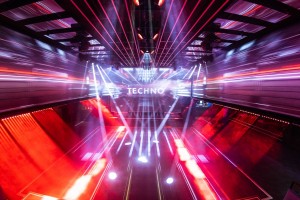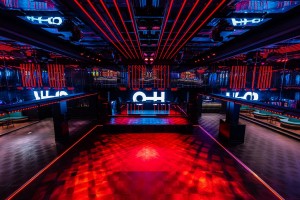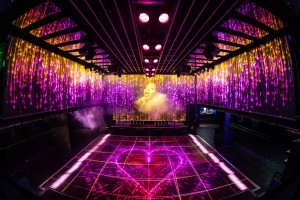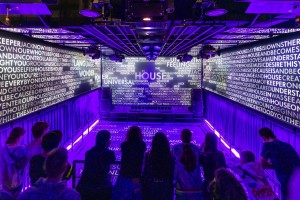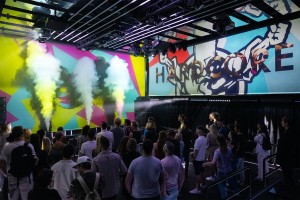Aktuelle News & Schlagzeilen
Powersoft’s Mover selected for world’s first dance music museum and nightclub
Powersoft’s compact transducer, Mover, is at the heart of a new four-dimensional nightlife experience in Amsterdam which allows visitors to take a deep dive into the culture and educational history of electronic dance music from its roots to the present day.
Based in Amsterdam’s Rembrandt district, Our House has been a nightclub and the heart of the electronic music scene since the 1980s. The venue has upheld its musical legacy by recently becoming a digital storytelling museum, promising a 75-minute journey into the music genre via interactive exhibits, shows and performances, telling the story of how electronic music has evolved to become a global cultural phenomenon.
“When we came here, about two years ago, the place was very analogue: There was a sound system, strobes, smoke machine and some LEDs - that was about it”, says Our House general manager, Jeroen Jansen. “We wanted to rebuild the club with installations that could tell the story of over forty years of dance music by using mixed technology. In order to revamp the venue and bring it to a completely new level, we received a lot of support from within the industry, including Powersoft.”
The venue’s overhaul had to be carefully considered, as it’s home to a popular nightclub, Club Air, in the evening whilst sharing the same space with museum-goers by day. Jansen sought advice from Powersoft engineers to assess the number of required Mover to support the dancefloor structure they had in mind; the double layered flooring needed to support 100 people and twelve tonnes of weight. They opted for 64 Movers, deployed underneath the double layered dance floor and all powered by four Quattrocanali 4804 DSP+D amplifiers.
“We came up with the idea of actively involving all technical elements that are associated with electronic music, like light, video, laser and special effects. We wanted movement from underneath people’s feet to form a completely immersive experience, created by a timecode content system”, states Jansen, who refers to the specifically designed content as “the connector of all the dots”, bringing all the tech together at musical pinpoints, like when the beat drops or the musical crescendo. The “double floor” construction consists of one hydraulic surface, which can slide up and down 20 cm, and the secondary flooring on top. The latter has the 64 Movers attached, one to each floor panel, so it can be felt wherever the person is standing.
“It was very important to us that we created a full VR experience, without glasses, at the climactic end of the visitors’ journey”, continues Jansen. “That’s where the idea of a haptic experience came up: to tie in all the technology with movement, so that everything worked in harmony.” System integrator Lagotronics worked in collaboration with Our House to develop the “free fall” hydraulic floor system, which not only vibrates but drops downwards.
The creative designer of the audio system, Joshua Dutrieux (JDX Music), was approached by Jansen and Fourmation, his entertainment company, with the brief to create something that had never been done before and what would make the dance museum truly memorable: “I know Jansen from back in the days when we organised dance music events together”, says Dutrieux.
Dutrieux experimented with two Movers at his home, exploring the capabilities of its low-end frequencies: “I wanted to pinpoint frequencies to get the floor rumbling. I had all these audio samples and started tweaking the volumes up and down. Eventually, I thought, ‘Okay, let’s do this full scale on a dance floor.’”
(Photos: Powersoft/Our House)
SCHLAGZEILEN
news archiv
suche
© 1999 - 2025 Entertainment Technology Press Limited News Stories

